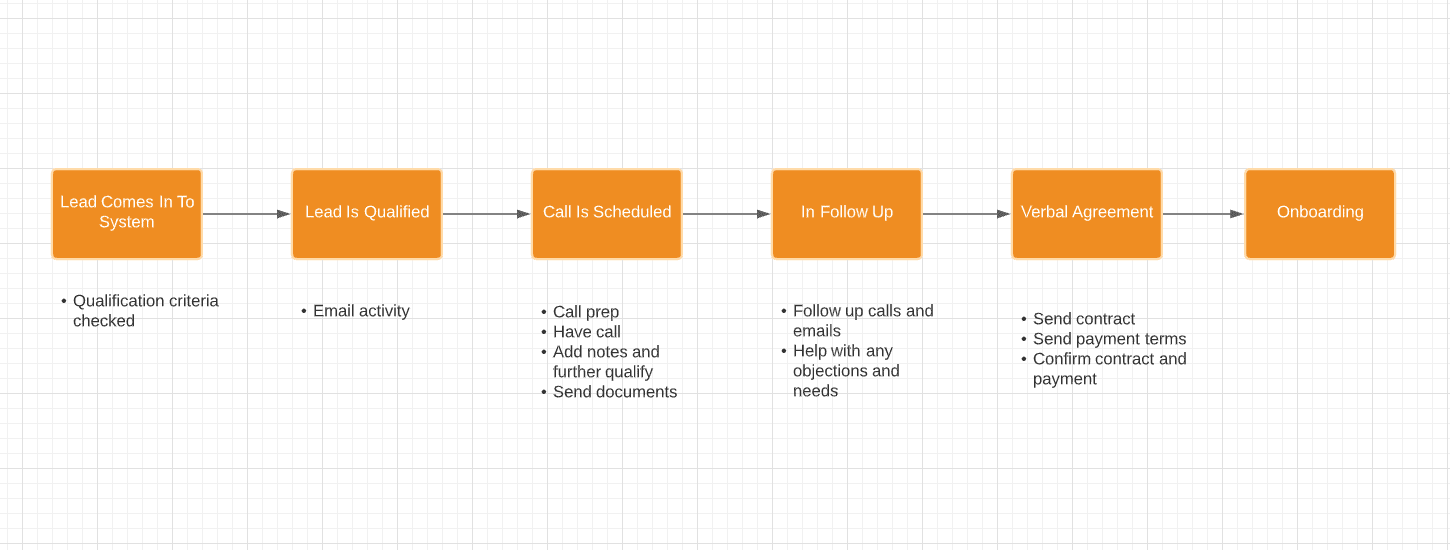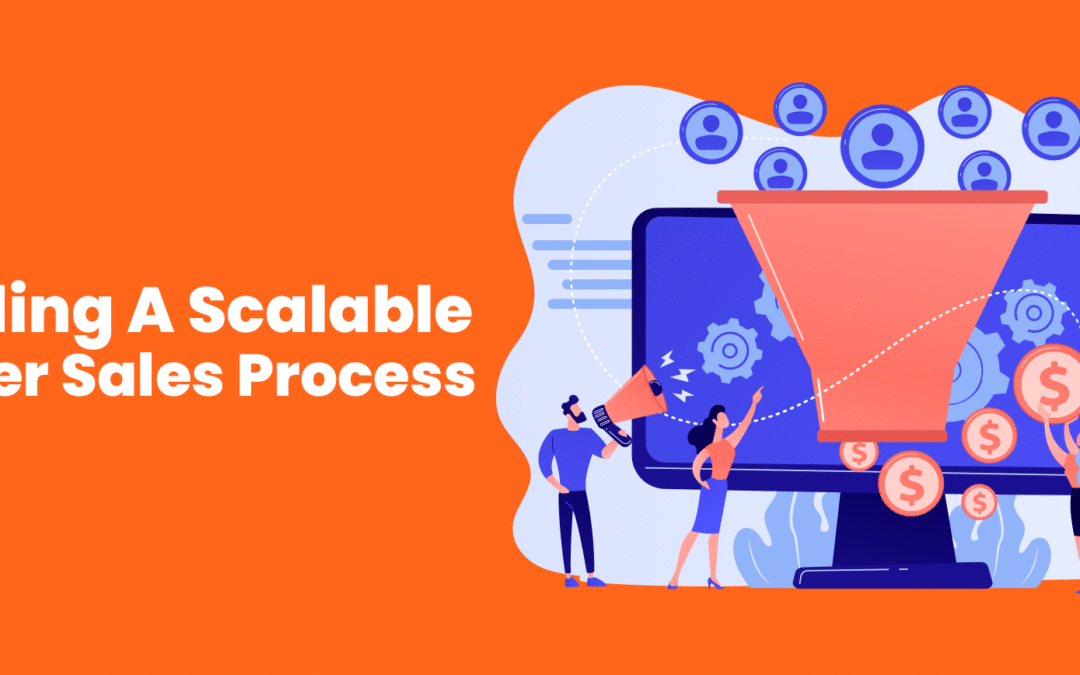Constructing a viable sales process that can be scaled as your business grows is a proven method for helping you to reach your business goals and increase your sales conversions.
If defining the winning strategy for your company sounds like a big challenge, then don’t worry — we agree that it sounds like a daunting task. But shaping your sales process is one of the best things you can do in preparation for growing your business. So if you are ready to devise a scalable and linear sales process that provides a consistent sales experience—read on.
Why is a consistent sales experience important?
A small sales team often relies on email chains and spreadsheets to track leads and define the customer journey from prospect to advocate. But this isn’t a reliable or productive way to manage leads, which can often slip the net if there is no clear, structured process to follow.
If you don’t already have a defined process—you are not alone—but by addressing this issue now, you’ll be poised for growth, and steal a march on your competitors who are still floundering with sprawling spreadsheets.
Implementing a process that offers a consistent sales experience for your team and customers will help to eliminate any problems with leads falling through the cracks. You may employ a team of salespeople who all deal with leads in different ways, which makes it tricky to spot where the process can be refined, or if any links in the process are broken.
What if I don’t have a linear sales process?
If you don’t have a linear sales process, it can cause big issues as you scale your business. Taking control and creating a consistent sales experience is vital for growth—if you are finding it a challenge to achieve consistency with a small team, just imagine how much harder it will be to rein in the process as your team grows.
Using a linear sales process takes the guesswork out of sales—but taking that first step can be quite daunting. We’ve worked with many clients, advising them on the best ways to simplify and streamline their processes for success.
Devise a step-by-step linear sales process
Every business is unique and has different needs, but defining a simple linear sales process creates the perfect foundation for building a system that will scale as your business grows.
In the example below, you’ll see a step-by-step linear sales diagram that documents each part of the process and the different activities that need to happen in order to move to the next step.

Get your FREE Growth Audit today!
Uncover the hidden areas of opportunity in your marketing and sales funnels.
See how you stack up against industry best practices.
See where you can improve your conversion rates and sell more.
Getting the buy-in from your team is a hurdle that many business owners face when trying to implement a change in processes—but the truth is that you’ll need them to be fully dialled in to make the process work. Involving the team at this stage can help to iron out any objections and allow them to contribute their valuable knowledge to the project.
Document, test, refine and automate
Once your sale process has been defined and tested, then it’s crucial to document each step and activity that should take place. Remember, the end goal is to have a scalable process, so as you grow and employ additional team members, they will be able to understand the sales flow and follow the same consistent method as your established team members do.
Of course, it doesn’t just stop there. You’ll need to analyse and test the results of the process and use your findings to make refinements for ongoing improvements.
It’s also important to give your sales team the right tools to give them the best chance to complete each step of the process. This could be in the form of powerfully-worded emails, downloadable datasheets or educational landing pages that help to move your prospects through the process towards becoming a new customer.
Automation also plays an important part in scaling a profitable sales process. By taking advantage of automation and letting the technology do repetitive or manual tasks, your team will become more efficient and productive.
Speak to the Tribecto experts
With the correct steps in place, scaling a profitable sales process will feel much more achievable and take you closer to your business goals. With your fully mapped and documented sales process you’ll instil confidence and build trust with your team, which will ultimately improve the customer experience for your clients.
We can’t pretend that setting your processes won’t take time, energy and effort, but the savings you’ll make and the rewards you’ll reap will be worth it in the long run. If you are ready to start the journey of scaling your business, contact the Tribecto team or join the Live Chat online.

